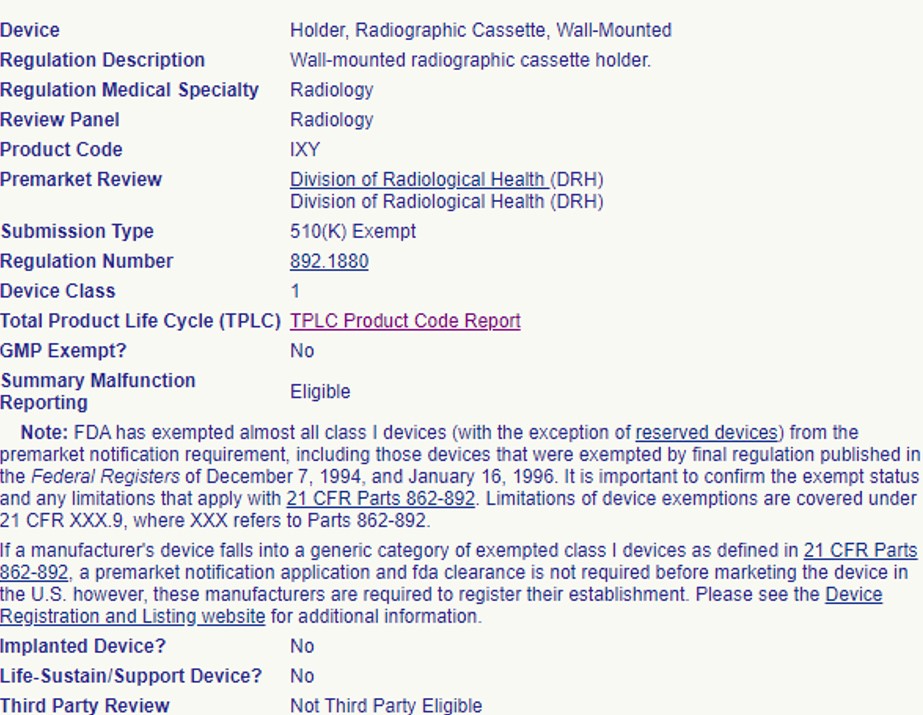
Here’s the situation: your medical device design and internal testing are complete. The only testing left to complete is compliance testing (i.e., safety, EMC, biocompatibility). Easy enough. But wait! Problems are occurring during compliance testing and design changes may be required. Too often, the challenges of compliance testing are ignored throughout the design and development process. Given that compliance testing is typically the last testing to be performed, issues and failures can have a big impact on timing and budget. That’s where pre-compliance testing comes in. Pre-compliance testing is a necessary part of medical device design and development.
Performing pre-compliance testing early in the design and development of a medical device can help avoid last-minute design changes which can be both time consuming and costly. Official compliance testing is known to be a long and tedious process, but pre-compliance testing can be as much or as little as you deem necessary. A good approach is to perform a pre-compliance assessment of your required compliance standards. This assessment can flag the high-risk clauses and tests based on the design and intended use of your medical device. By taking this risk-based approach, you can narrow the pre-compliance testing to only the standards or clauses which pose the highest risk of failure. In addition, not all pre-compliance testing has to occur at an external third-party test laboratory. Performing testing internally where possible can provide confidence that the official testing at an external third-party test laboratory will pass.
An added benefit to performing pre-compliance testing is the fact that you are basically paying for test time and you can control how the testing is performed. This allows for multiple samples and configurations of your medical device, the ability to start and stop testing based on results, and the ability to troubleshoot issues while testing. Official compliance testing is much more rigid where issues and failures can lead to having to re-schedule and re-test (via pre-compliance testing) just to determine a fix before repeating the official compliance testing. Now you can easily see where the added time and cost due to late issues and failures come into play!
At CMD, we have experience supporting pre-compliance assessments and testing for many medical devices. In addition, we have experience in test planning as well as supporting both pre-compliance and official compliance testing at numerous testing laboratories. Reach out to us for support of your compliance testing needs!






